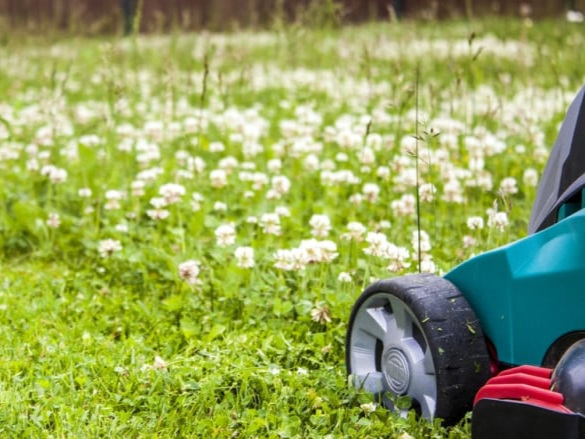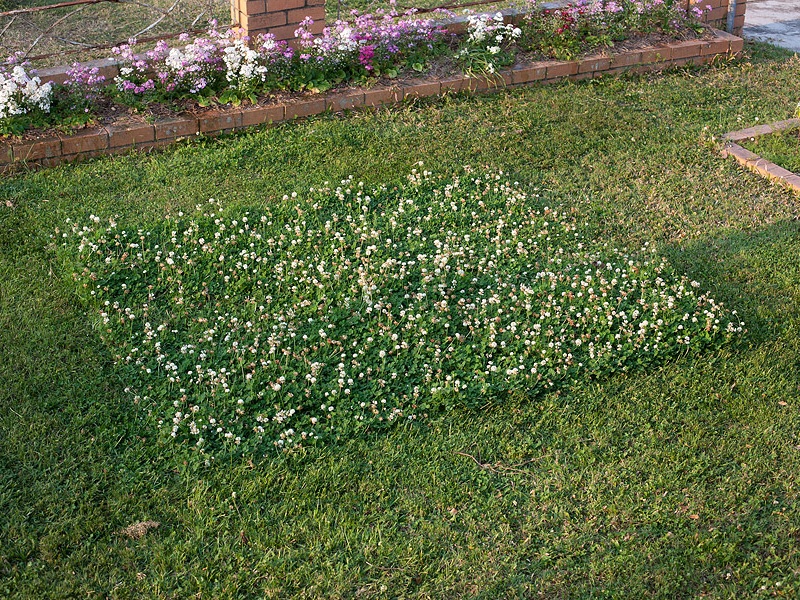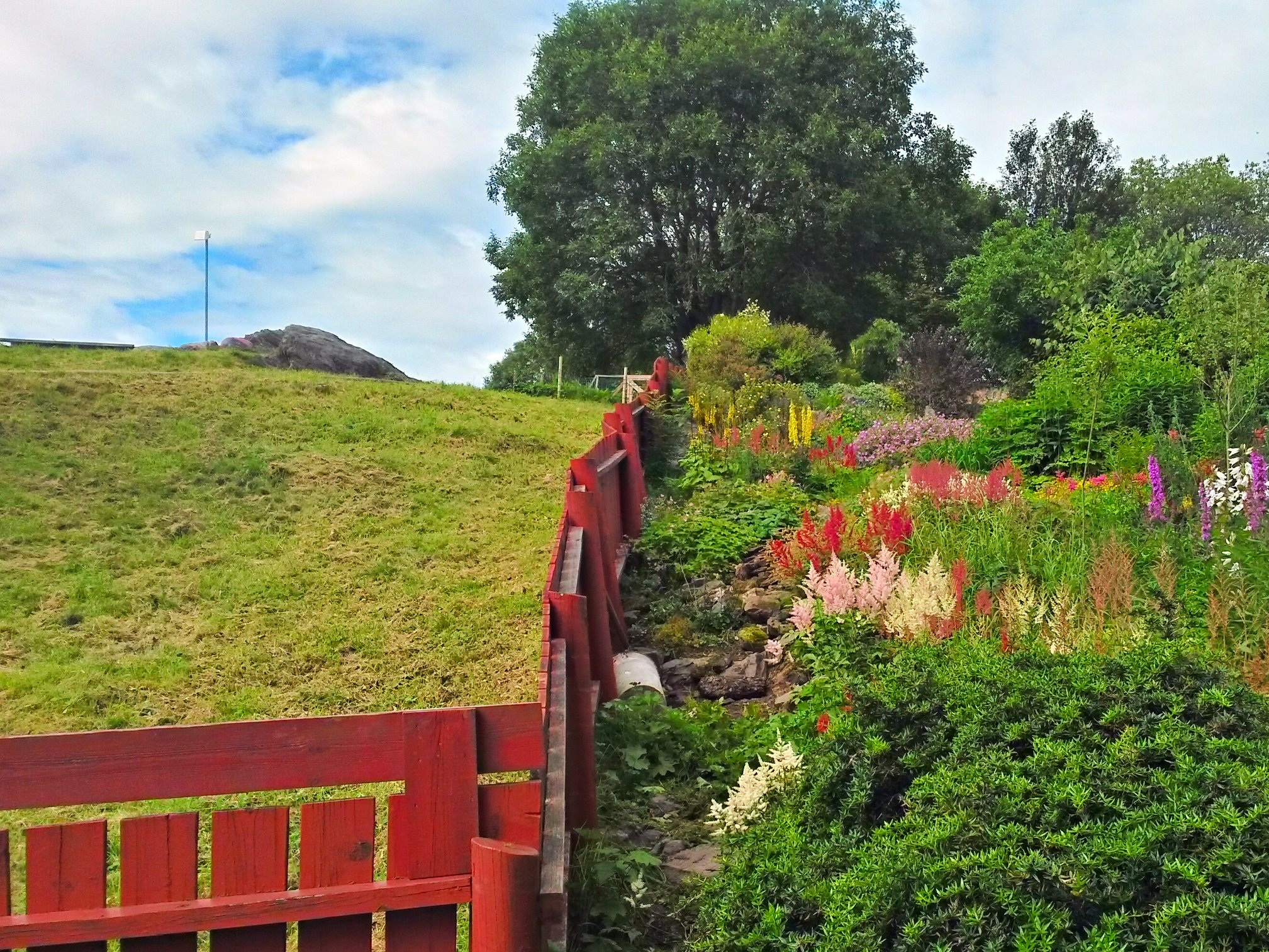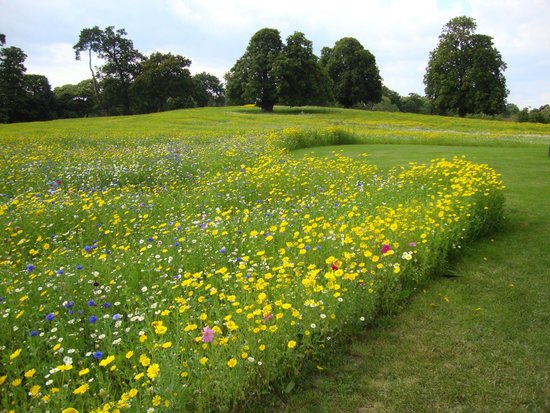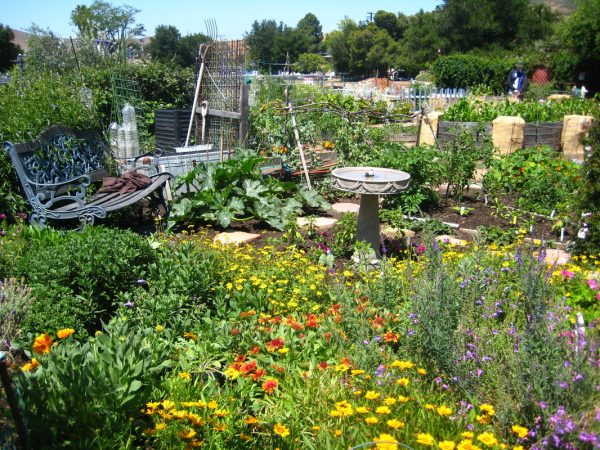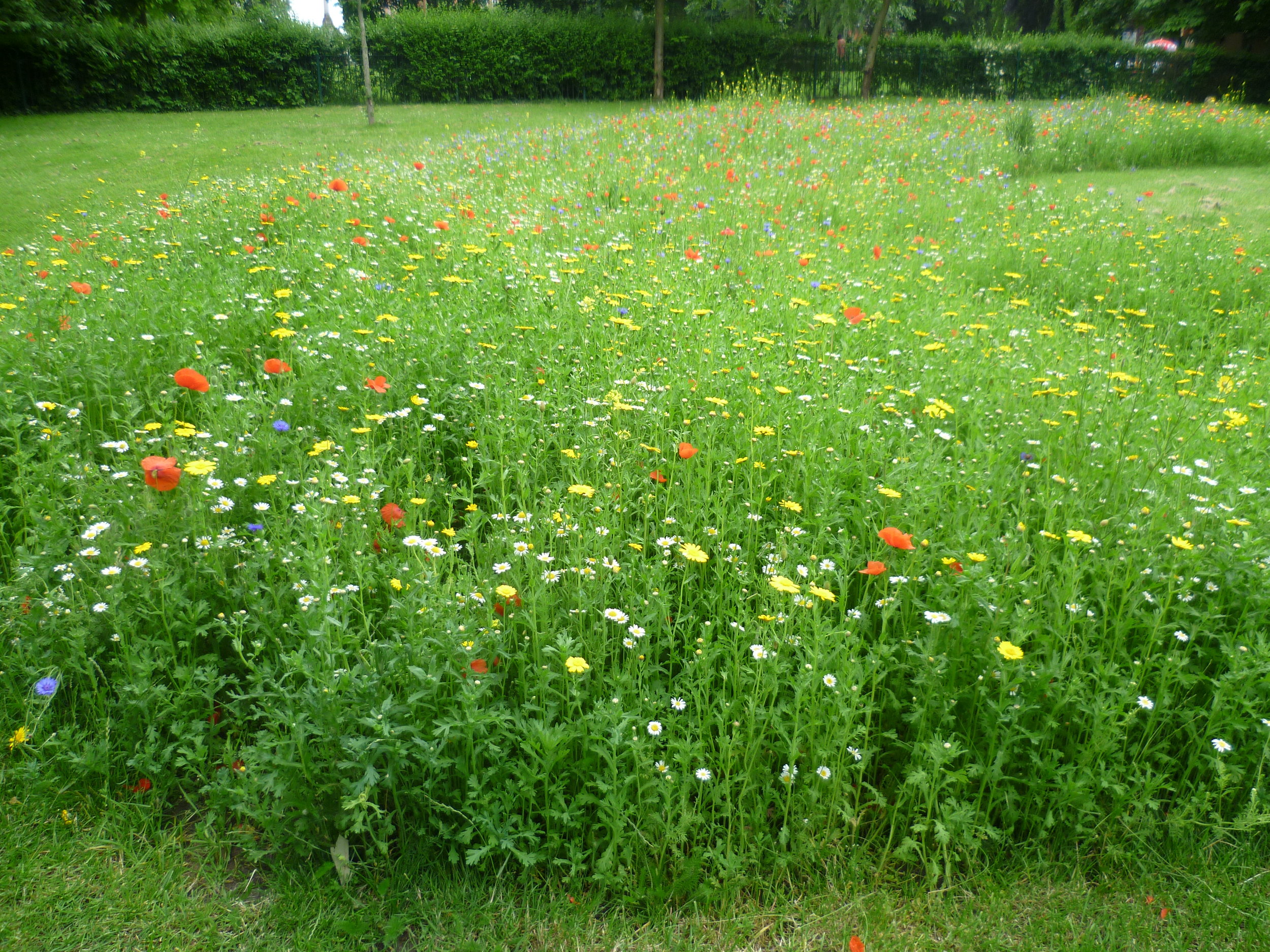Various Wild Bee species
Pollinators
Tomatos, melons, coffee, apples, pumpkins, cucumbers, kiwis, chocolate… the list of fruits and vegetables depending on pollinators is long. In total about 35% of our foodcrops depend on some kind of animal pollinators and without them our supermarket shelves would look quite differently. Besides bats and birds, insects (mainly bees, flies and butterflies) make up the largest group of pollinating species. Their worldwide economic value for food production ads up to about 153bn € a year (about 10% of worldwide food production).
The wild pollinator populations in the Hardanger Fjord, which is famous for its fruit orchads, is not large enough to sufficiently pollinate all trees in order to guarantee a good yield. Therefore many of the hives in the Bergen area are moved to the Fjords for a few weeks during spring.
However, beyond serving our purposes in food production, their value for the global ecosystems is beyond measure. By pollinating about 80% of the flowering plants they help prevent soil erosion, increase carbon sequestration and serve as the baseline of the food chain. All these services, provided entirely for free, are crucial to stabilize the ecosystems that not only the natural world, but we as humans depend on for survival.
When people think about bees they generally have the western honeybee, apis mellifera, in mind. They form large social colonies, produce honey and are kept by beekeepers all over the world. However, they are just one of the 207 bee species living in Norway, 3370 in Europe and 16000 worldwide.
Recently, the media has been full of reports about bee population in decline, caused by pesticides, pathogens, parasites and poor nutrition. However, honeybees have a lobby, us beekeepers, that document the events, quantify the losses and provide housing, food and treatment. Despite a decline, they will survive. But they serve as important bio indicators for the state of the ecosystems. If they suffer, despite all the beekeepers support, so will the wild bee species that share the same environments, but are left without a lobby, are poorly documented and under the radar of public awareness.
Hence, recent studies show a devastating decline in insect and wild bee populations that have catastrophic repercussions throughout entire ecosystems, ultimately leading to their collapse at the current rate of extinction. This development is mainly driven by habitat and food supply loss, extensive agriculture practices (particularly the use of heavy pesticides) urbanization and extreme climate conditions.
We as beekeepers, that witness the effects on our honeybees at first hand, therefore have the responsibility to act as a voice for all pollinators to protect and promote biodiversity in order to support the ecosystems around us.
Our aim is therefore to engage with the public and local institutions here in Bergen to create awareness for the city as an urban ecosystem, promote pollinator friendly solutions and contribute to an insect friendly environment
What you can do
TAKE RESPONSIBILITY
Looking at Bergen from a birds eye view the majority of space is occupied by housing, concrete or artificial green areas. Every single one of us occupies space that would otherwise be available for the natural environment to provide habitat and food sources for the insect world. Acknowledging our responsibility allows us to not only mitigate our negative impact, but to have an overall net positive effect on the insect world by integrating simple measures into our outdoor spaces.
Limit Lawns
Lawns, spotless green and neatly cut, satisfy our aesthetical desire for tidiness and control by projecting our sense for living room order into backyards and parks. But unlike our living rooms, these occupied spaces are shared with the natural environment. With 100000 ha (160.000 football fields) lawns take up more space than any other cultivated crop in Norway (3x more than all grain fields), cost millions in maintenance, but neither serve as a habitat, nor food source to the natural world.
Mow after bloom
Lawns provide the largest habitats for dandelions and clover within urbanized environments, but are often considered an undesirable weed ruining the aesthetics of the spotless green. But unlike grass, these native species serve as important food sources to the insect world. Simple measures often have large positive effects. Leaving areas of uncut patches within the lawn or waiting for the bloom to be over before mowing takes little effort, but makes a big difference to the insects and helps to mitigate your negative impact.
Cultivate WILDERNESS
The best way to support insect wildlife is to cultivate biodiversity by providing a variety of flowering plants that serve as food sources all year around. Limit lawns and partly replace these green monocultures with diverse wild flower meadows. This will mitigate your negative footprint, turn your garden into an insect haven and create an environment that is not only beautiful to us humans, but of great benefit to wildlife.
Provide shelter
The idea of keeping the garden “tidy” by removing leaves, branches and dead wood eliminates important shelter opportunities. Maintaining a wild corner with garden scraps and allowing the autumn leaves to stay on the ground until spring provides important food, nesting and bedding materials to a variety of wildlife. If this form of support is not compatible with your sense of order and aesthetic appearance is valued higher than insect support, setting up an insect hotel provides a minimum effect measure to contribute in a positive manner.
Support
Informing yourself, spreading the word and taking responsibility yourself before blaming other causes are effective ways to make a difference. But it’s just as important to support regional actors and beekeepers that are fully committed to the cause with great effort. Help them out by buying local Norwegian Honey. Supermarket honey mainly comes from all around the world. It is cheaper and tastes ok, but is often mass produced, pasteurized and mixed from many different kinds. But most importantly, bees and beekeepers abroad cannot support your local Norwegian ecosystems. Your choice can make a difference!




